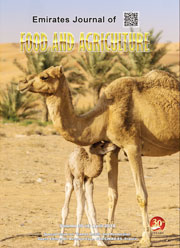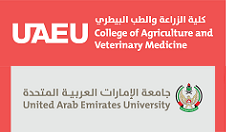TURKISH WHEAT LANDRACES: POPULATION STRUCTURE AND FUNCTION
DOI:
https://doi.org/10.9755/ejfa.v26i2.17005Keywords:
Turkish wheat landraces, Genetic diversity, Turkish seed gene bankAbstract
The cultivated tetraploid wheat (Triticum turgidum ssp. dicoccum) was derived from wild wheat in southeastAnatolia at Karacadağ Mountain. There is a small core area in the region, where tetraploid wheat and manyedible crop plants are cultivated. Settled human civilisation presumably started with wheat cultivation, afterwhich traditional farmers developed landraces from germplasm collected after wheat domestication. Wheatlandraces are adapted to different local environmental conditions; therefore, their gene pools display substantialgenetic variation and have great potential as source of traits for good quality, resistance to adverse effects ofbiotic and abiotic stress factors, high yield and can be used to develop modern durum or bread wheat cultivars.Recently, however, high yielding modern wheat varieties are replacing landraces and cultivation areas andproduction of landraces decreased dramatically. This might lead to the loss or even extinction of landraces withinvaluable germplasm. Therefore, in situ and ex situ conservation strategies should be supported to conserve thegermplasm of landraces for future food security. Traditional farmers should be supported and encouraged tocarry out on-farm conservation of landraces, where natural selection and continued evolution can generate newand more adapted germplasm.










 .
. 